#moveable book
Explore tagged Tumblr posts
Text
It's not a manuscript, but this tunnel book depicting a promenade on the Champs-Élysées is still pretty cool (Rare Book Collection GV1525 .T86 1836). The place and publisher aren't known, and it was made no earlier than 1836. The video is by Chris Lippa, Digital Imaging Specialist at Penn Libraries.
This book is featured in the video loop for THE MOVEMENT OF BOOKS, an exhibit about all the ways that books move. You can watch the whole loop on YouTube, and if you're in Philadelphia before December 13 you can see the exhibit in person.
Link to Record 🔗:
The Movement of Books Video Loop 🔗:
The Movement of Books exhibit information 🔗:
#book#pop up book#accordion book#book history#rare book#paris#france#19th century#moveable book#the movement of books
114 notes
·
View notes
Text
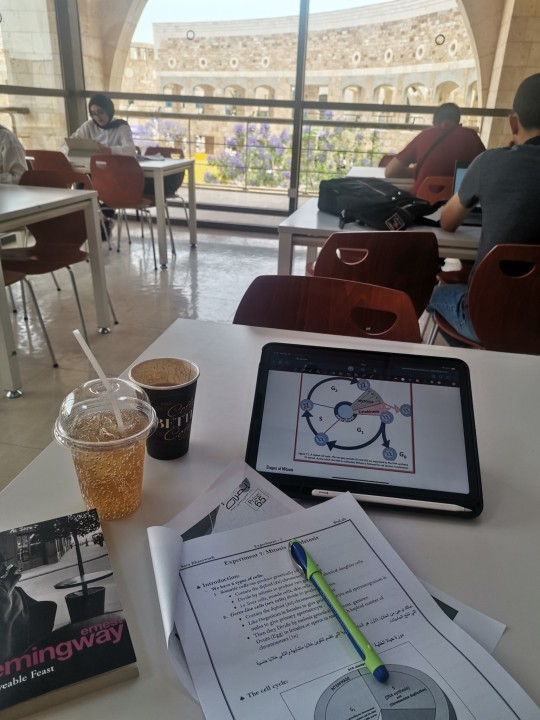
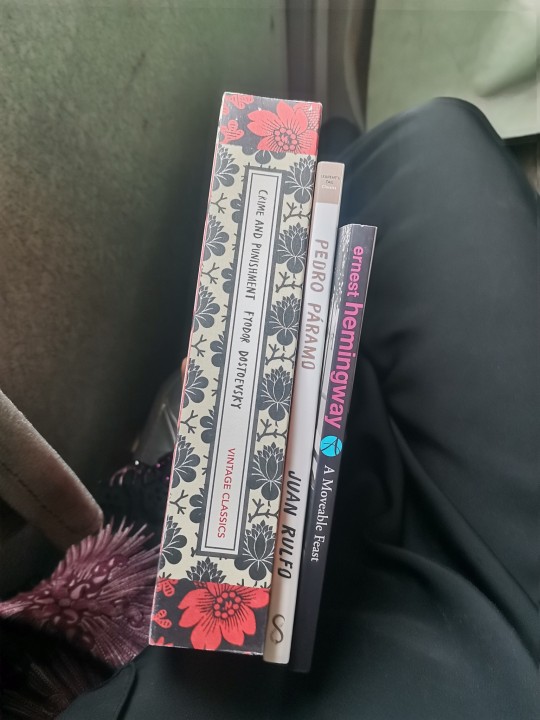
studying at the library and new books <3
#studyblr#academia#study blog#classic books#dark academia#chaotic academia#chaotic academic aesthetic#bookblr#books#uni life#uni#crime and punishment#c&p#earnest hemingway#a moveable feast#pedro paramo#fyodor dostoevsky#dostoyevski
167 notes
·
View notes
Note
Book recs
Thanks for the ask 🫂 I feel that I need to read more books to be able to legitimately give recommendations but these are my choices for the moment!
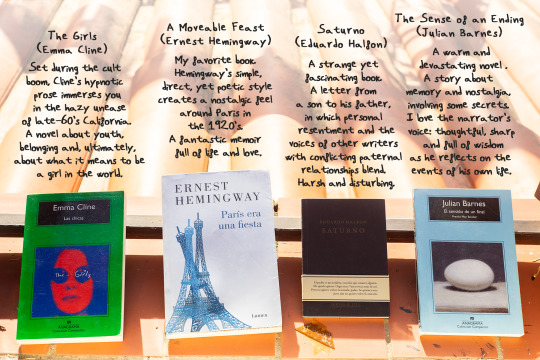
#Books#books and reading#literature#Emma Cline#The girls#a moveable feast#ernest hemingway#Saturno#Eduardo Halfon#The Sense of an ending#Julian Barnes#books recommendations#book recommendations#book recs#booklr#book photography#book blog#book review#reading#I created a font of my handwriting btw!!!
50 notes
·
View notes
Text
✨ per @some-stars request, the F. Scott Fitzgerald part of my review of Ernest Hemingway's A Moveable Feast:
After chapter upon chapter of events ranging from "I went to the cafe to write and an annoying guy talked to me" to "I was hanging out with this famous writer and he was such a dweeb lol, believe me I'm a normal guy myself and very qualified to judge everyone I meet" to "I went to the cafe to write but then got drunk. Crazy that I'm so broke" we eventually got to my favorite part, where Hemingway meets F. Scott Fitzgerald and gets so mad at himself for having the gayest possible feelings a man can have that he just has to be a passive-aggressive bitch about it for several thousand words.
TO BE FAIR: F. Scott Fitzgerald is a manic pixie nightmare girl. He's Kylie Jenner writing the Great American Novel. He's my personal series of exciting-but-horrible Aries situationships/girlfriends that I chased throughout my teens and twenties. He and Zelda saw you from across the speakeasy and they like your vibe. Do you want to have the most bad idea threesome imaginable? It involves a magnum of champagne and screaming at each other until you pass out. That's how they fuck. Yes he just asked if you had sex with your wife before marriage. That was his pick-up line. He is a lunatic. He is Zelda's disagreeable wife. You wish that Scott was your OWN disagreeable wife. He has undiagnosed ADHD and a drinking problem (related?). You are never bored with him. God, you wish sometimes you could just be bored with him. He's asking you to rate his dick. You, Ernest Hemingway, take a look at his dick and give him a fair rating (7.5?). You take him to the Louvre to look at statues of naked Greek and Roman twinks and you're literally like, "maybe you're a grower, not a show-er." You tell him his wife sucks. Ernest you old queen. You butch little TEASE.
F! Scott! Fitzgerald! Sorry, this is all because I'm jealous that Hemingway got to hate himself while flirting with My Most Horrible Boy. And it's here that the book comes most ALIVE, that it becomes ABOUT something other than a broke guy in Paris trying to write a book. Finally, instead of just being about ol' Hem secretly disdaining every person that tries to have a conversation with him, we get Hemingway wanting somebody, wanting their attention and regard and time, and it's a delicious disaster. Scott's a wreck, a disappointment, a drunk; Scott's gorgeous, dazzling, and so full of talent Ernest is SEETHING ABOUT IT. They chase each other like carousel horses. It's a clown show. Scott lovebombs him when he's not too drunk to forget to, and whines about missing Zelda when Ernest won't take the hint and kiss him already.
Something very funny about all this is that at the time Ernest was about 25 years old, and Scott - who Ernest thought of, at the time, as "an older writer" - was all of 28. So it makes sense to me that much of this section reads like an @ Zola-esque Twitter thread combined with a Tana Mongeau YouTube storytime video: Romantic Road Trip with F. SCOTT FITZGERALD?! (The Beautiful and DRUNK! not clickbait!) "Hi guys, welcome to my memoir or welcome BACK to my memoir. Before we get into it, don't forget to like and subscribe, and comment down below to let me know if you'd like more storytimes about me being a deeply repressed bisexual, OR if you want me to vlog the next time I go on a bender with Scott and we DON'T hook up, at least not as far as I can remember. So anyway, I was heterosexually at work on my next adjective-less short story..."
Sorry, I'll stop. Five stars for that entire section of the book, minus one star for the rest of it. Now can someone make a deeply homoerotic film about their relationship, PLEASE.
#here you go lol god i could go on for thousands of words about them. they're just. soooooooooo#francis scott my angel my bedraggled drunken mess my most wretched beautiful boy#good with a pen. terrible with EVERYTHING else#and ernest. god. AWFUL. horrible guy. zero stars#two wretched bitches both alike in indignity#smh#book reviews#f. scott fitzgerald#ernest hemingway#a moveable feast
13 notes
·
View notes
Text
We would be together and have our books and at night be warm in bed together with the windows open and the stars bright.
A Moveable Feast by Earnest Hemingway
5 notes
·
View notes
Text
Get Those Books Moving : Part 4
Summer 2023 Cathleen A. Baker Fellow Katarina Stiller worked on treatments for pop-up books from the William A. Gosling Pop-up and Movable Books Collection --- part of our Children's Literature Collection.
Here are Schneewittchen (1961) and Rotkäppchen (1960) --- both illustrated by Vojtěch Kubašta and published by Carlsen Verlag GMBH --- before and after treatment!
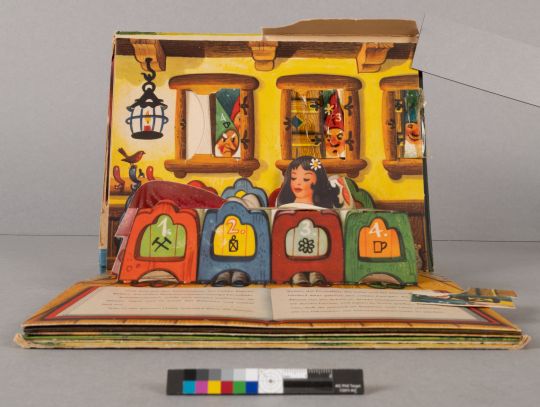
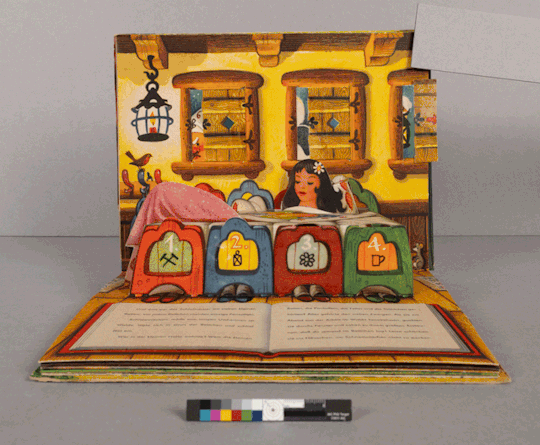
After treatment! Schneewittchen (1961)

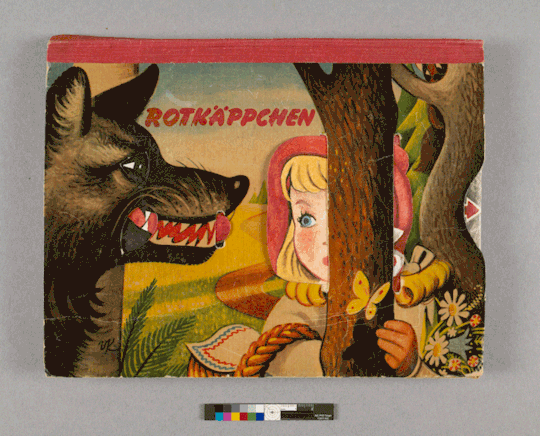
After treatment! Rotkäppchen (1960)
#pop up books#children's literature#children's books#special collections#archives#special collections libraries#special collections and archives#libraries and archives#conservation treatment#conservation#book conservation#paper conservation#pop up and moveable books#popupbooks#pop ups#snow white#red riding hood
61 notes
·
View notes
Text

Literary NYC: A quote from A Moveable Feast by Ernest Hemingway, spotted on a lamppost in upper Manhattan (March 2025)
“When the cold rains kept on and killed the spring, it was as though a young person had died for no reason”
3 notes
·
View notes
Text
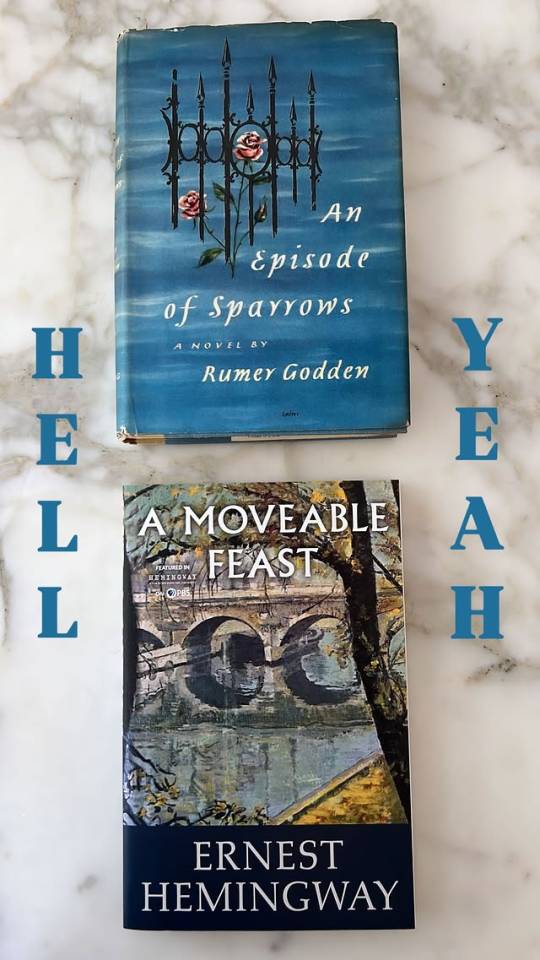
More quality book content from the IG of Kat Dennings
2 notes
·
View notes
Text

We’re going to Paris this summer; this deserves a reread in preparation.
2 notes
·
View notes
Text

This week I finished reading “A Moveable Feast” by Hemingway.
My first introduction to Hemingway was when I lived in the town of Pensacola, Florida. On the boardwalk over the bridge, one of the popular restaurants that overlooked the bay was called Hemingway’s Island Grill. Before eating here, I had heard of Hemingway but never had ready anything by him. The atmosphere of the restaurant—and its menu “inspired by Hemingway's thirst for adventure and great food”—made me curious about the man in the photographs on the walls. Then around the same time, I watched the movie “Midnight in Paris,” and I have to say—Corey Stoll did a fantastic job with the characterization; I can see that now that I’ve read this book.
As I read this book, I could understand why the Hemingway’s restaurant chose its theme, and why Stoll portrayed him with the voice and mannerisms he did. This man was a tough one, no question. And as a woman in a different era, I can’t say I admired his treatment of his wife and son in every chapter. His tone is consistently brash and stern and I could sense some pride and self-centeredness in the mix of qualities he expressed. But at the same time, I admired him for other reasons. He was honest, direct, open, straightforward, and nothing he said or did was a mystery or purposeless. When he reminisced, he could acknowledge his failures and weaknesses in the past. And when he spoke about others, he represented them fairly and sincerely according to his own perspective—the good ones he called good, and the bad ones he called bad, and he always seemed to know which was which from the start. He was positive and as untroubled as he could be, speaking of his times of poverty and struggle with casual candor, not expressing fear of the future.
More than that, he wasn’t an unkind man. He was blunt and proud and a cheater, but he supported his friends and emphasized their best features and was patient with them always. (Looking at you, Scott.) My purpose in reading this was to learn about Paris in the 1920s from the perspective of a man who was there. Hemingway wasn’t just there, he was there. He understood the city and the people and the world in a way that was unique to his own mind. And reading this book was like reading his personal journal. It wasn’t a story; it was a decade in a life. And I really enjoyed getting to know this man’s life. Cheers, Ernest.
#hemingway#a moveable feast#midnight in paris#food#drink#paris#reading#vintage books#classic literature
3 notes
·
View notes
Text
what i expected out of reading hemingway: boring
what i read: hemingway telling francis scott fitzgerald that his dick size is enough because fitzgerald's wife told him he couldn't satisfy a woman
#and i rather liked hemingway's stile#slow steady no emotinal rollercoaster. simple vocabulary. nice descriptions#the book is a moveable feast btw#arnold's diary
7 notes
·
View notes
Text
ABC--3D, by book artist Marion Bataille, is a 3D alphabet with 26 letters that move and change before your eyes. ABC--3D is featured in the video loop for THE MOVEMENT OF BOOKS, an exhibit about all the ways that books move. The exhibit has closed, but you can still watch the whole loop on YouTube!
ABC--3D 🔗:
The Movement of Books Video Loop 🔗:
The Movement of Books exhibit information 🔗:
#not a manuscript#moveable book#alphabet#pop up book#the movement of books#video#book history#rare books#artists books
56 notes
·
View notes
Text
As I ate the oysters with their strong taste of the sea and their faint metallic taste that the cold white wine washed away, leaving only the sea taste and the succulent texture, and as I drank their cold liquid from each shell and washed it down with the crisp taste of the wine, I lost the empty feeling and began to be happy and to make plans. ― Ernest Hemingway A Moveable Feast
2 notes
·
View notes
Text
starting the bell jar hehehhehehe
#new book bcs i read this in school and i lost my copy in a flood so i got a new copy and im SO excited bcs i just finished a moveable feast#mely talks books!#the bell jar#sylvia plath
2 notes
·
View notes
Text
This is half true! They invented moveable type printing in China about four (maybe five?) centuries before Gutenberg. It just did not have that rapid rise to popularity and was not a culture-changing event the way Gutenberg's was in Europe, for multiple reasons.
One of the reasons is actually very obvious: the Latin alphabet has a few dozen characters. (The first printing presses often had more characters than they use now, since they made individual blocks for ligatures. Some numbered in the hundreds.) The Chinese alphabet, on the other hand, has tens of thousands of them. Unless you're printing hundreds or thousands of copies, it can be more cost-effective to just stick to the old method of page-by-page printing.
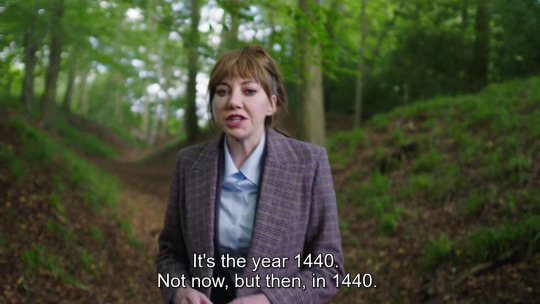
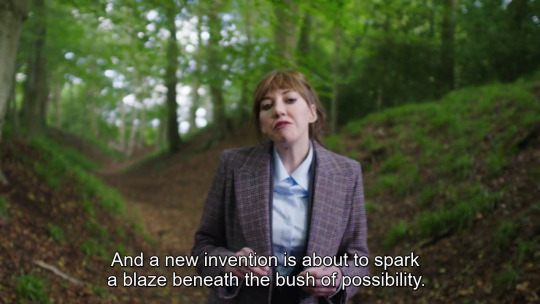
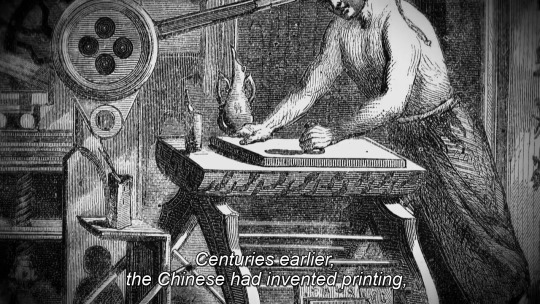
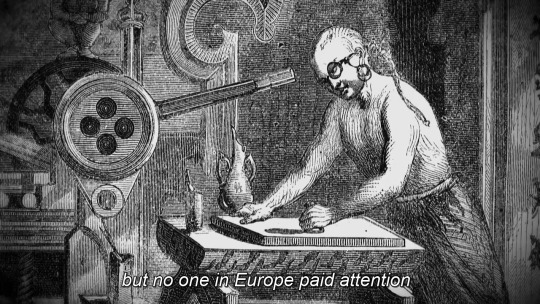
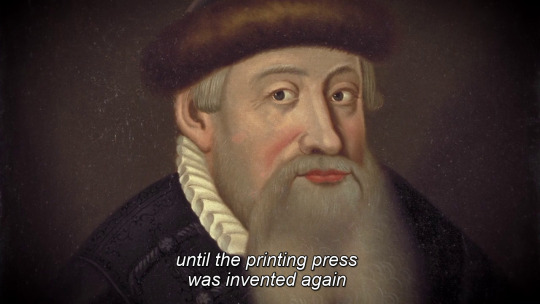
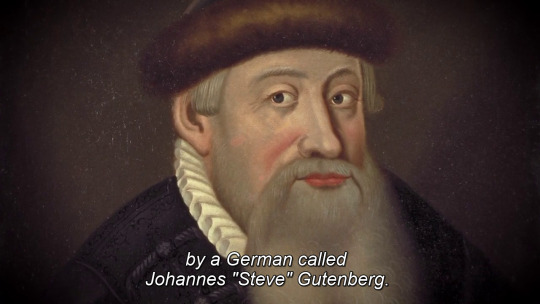
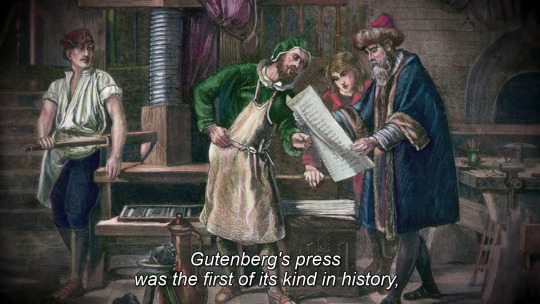
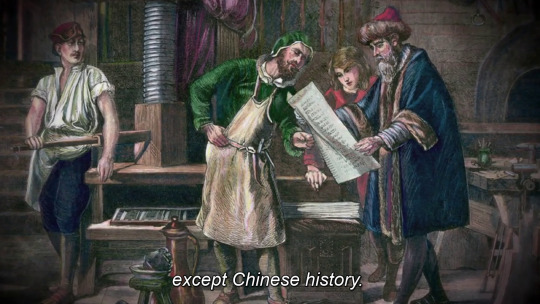
#this is just one of the reasons! there are so many more#but the end result is. they didn't really use moveable type for book printing very often. (it was mainly used for government matters)#moveable type printing was clunky while woodblock printing has been producing perfectly good books for centuries by then#((iirc the popularity of korean brass moveable also directly correlates to switching from chinese characters to hangul))
112K notes
·
View notes
Text
We would be together and have our books and at night be warm in bed together with the windows open and the stars bright.
A Moveable Feast by Ernest Hemingway
5 notes
·
View notes